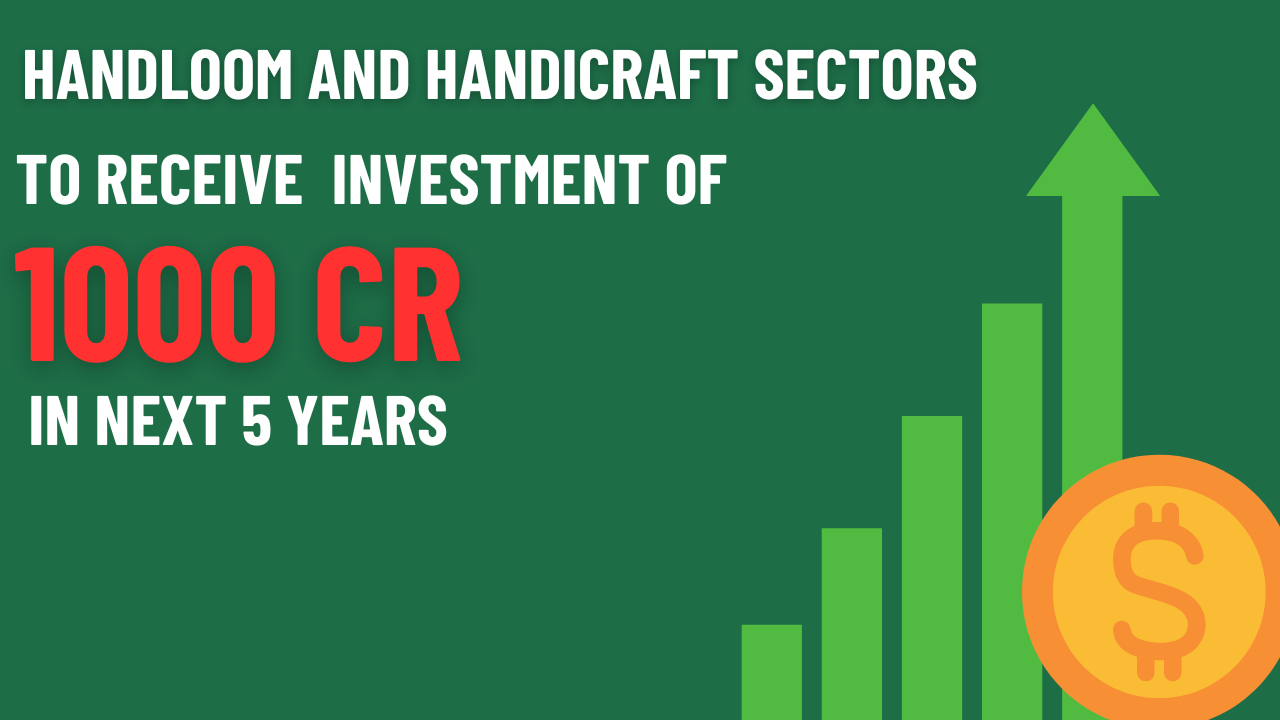India’s recent decision to impose a ban on onion exports has sent shockwaves across Asian markets, affecting economies, cuisines, and daily lives. Let’s delve into the intricate web of consequences and explore the multifaceted dimensions of this seemingly straightforward agricultural policy.

India, known as the world’s largest exporter of onions, has suddenly closed its doors to this essential kitchen staple, causing a ripple effect in Asia and beyond.
Onions are not just a vegetable in Asian kitchens; they are an integral part of the culinary identity. From curries to salads, their absence is palpable.
India’s Reasoning Behind the Export Ban
A. Domestic Shortage Issues
India cites domestic shortages and the need to stabilize prices within the country as the primary reasons for the export ban.
B. Government Measures to Address the Crisis
The Indian government has implemented various measures to address the onion crisis, ranging from stockpiling to incentivizing local production.
Strategies for Mitigating the Impact
A. Diversification of Onion Sources
Asian countries are exploring options to diversify their onion sources, reducing dependence on a single supplier.
B. Investments in Local Onion Production
Investments in local onion production are gaining traction as a long-term solution to ensure a stable and reliable supply.
Quick Review:
Q1: Why did India decide to ban onion exports?
India implemented the onion export ban due to domestic shortages and the need to stabilize prices within the country.
Q2: How has the onion export ban affected Asian markets?
The ban has led to an immediate surge in onion prices in Asian markets, causing disruptions in supply chains and prompting nations to seek alternative sources.
Q3: What are the historical instances of India imposing onion export bans?
India has a history of implementing onion export bans, each with unique consequences. Exploring past instances provides insights into the current crisis.
Q4: How are consumers adapting to the onion shortage in Asia?
Consumers are adjusting recipes, exploring alternative ingredients, and adapting to the temporary absence of onions in their daily cooking.



